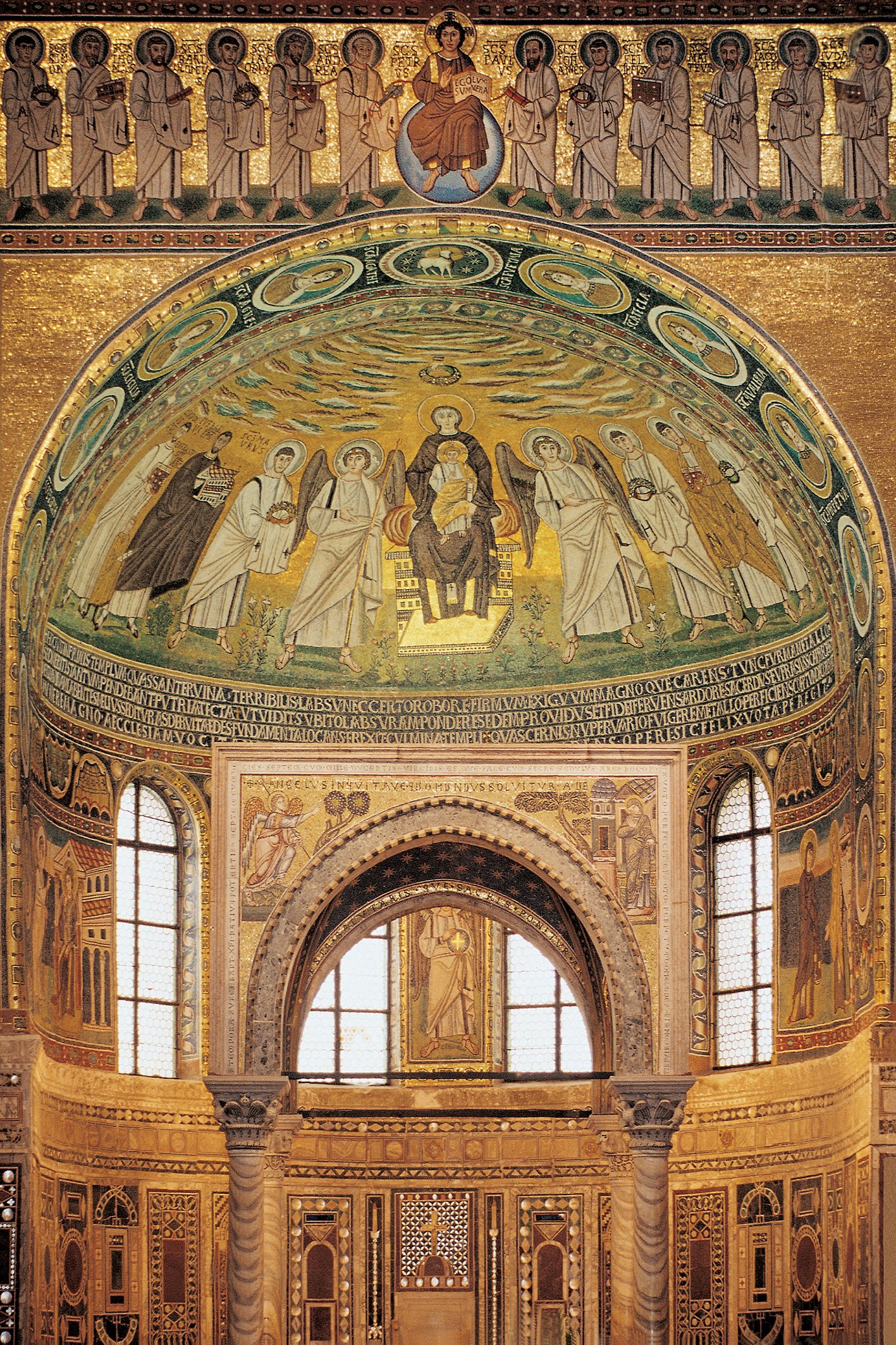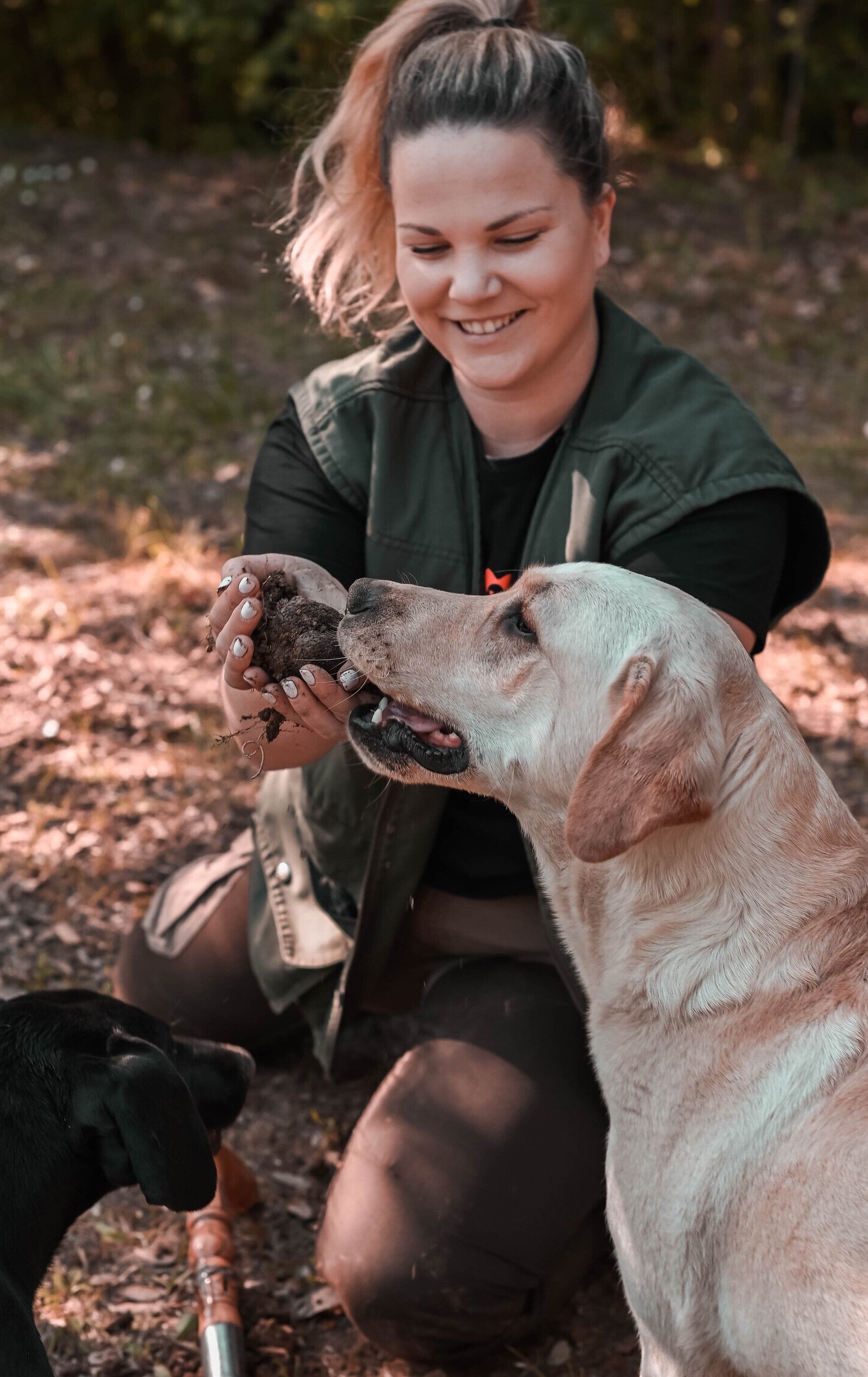Why Visit Now: Rovinj
Unveil Rovinj's charm: Top insights from its rich history, delectable gastronomy, enchanting landscapes, all nestled along the Istrian coast. Fernwayer's guide reveals the essence of the town and the evolving trends that are reshaping its character.
Famed for its ravishing sunsets, pretty fishing harbor rimmed by Venetian-era pastel facades, steep cobbled alleys leading to a hilltop church, and classy designer hotels, Rovinj is Istria's most enchanting seaside destination.
Blessed with abundant fresh Adriatic seafood, combined with award-winning wines, olive oils and musky truffles from rural inland Istria, it is the ideal destination for foodies and wine lovers. While fine dining is big on the coast, agrotourism farms offering hearty home-cooking and rustic accommodation make a truly authentic alternative in inland Istria.
And then you have Istria's rich cultural heritage - the Ancient Romans, the Byzantines and the Venetians all left impressive monuments across the region.
Experiential tourism is well developed here, so you can look forward to boat rides with local fishermen, cycling between the Istria's medieval hilltowns, hunting for truffles with dogs, and touring vineyards and olive groves.
1. Michelin-starred Restaurants
Istria is renowned for excellent cuisine and its loveliest seaside town, Rovinj, is a gourmet destination with two Michelin-starred restaurants. In a walled courtyard garden near the hilltop Church of St Euphemia, Monte, run by Danijel and Tjitske Đekić, a husband-and-wife team, does creative fine dining. Choose from three six-course tasting menus: red (based on lobster), green (based on vegetables and cheeses) and blue (combining seafood and meat). All ingredients are locally-sourced, and house specialties include Lobster tail with artichoke, and Goat cheese strudel with spinach and pumpkin.
Down by the sailing marina, at the luxurious Grand Hotel Park, Agli Amici Rovinj is overseen by Italian chef Emanuele Scarello (he has a sister-restaurant, Agli Amici 1887 in Udine). Affording magical night-time views of Rovinj's old town, it has two degustation menus, with notable dishes including Risotto with cod, anchovy, hazelnut and black truffle, and Istrian lamb with fennel and ricotta.
2. Slick Hotels
Second only to Dubrovnik in terms of luxury hotels, Rovinj is home to some superb modern waterside properties. Opened in 2011, Hotel Lone saw Croatian architects 3LHD oversee total design – they were responsible for the entire image, including furniture, graphics, textiles and artworks. The result is hip and minimalist, showcasing some of the top contemporary Croatian designers. In contrast, boutique Hotel Adriatic has a retro-chic look.
Occupying a building from 1892, overlooking the harbor in the old town, it's filled with quirky paintings and installations, created by 14 specially-commissioned European artists.
But many people's favorite is the sophisticated Grand Hotel Park, opened in 2019. Built into a hillside overlooking the marina, it has gorgeous views of Rovinj's old town across the bay.
Expect interiors by Italian designer Piero Lissoni, exquisite dining options, and a spectacular rooftop spa with three outdoor pools, a wooden deck, giant beanbags and exotic planting.
3. Batana Boat Ride
Surely the most romantic way to begin the evening in Rovinj is with a boat ride around the old town peninsular (which used to be an island, until the channel separating it from the mainland was filled in, in 1763).
Rovinj is known for the batana, a traditional flat-bottomed wooden boat. Through summer, local fishermen offer sunset batana rides (organized by the Batana Eco-Museum), with glimmering fishing lanterns, so guests can enjoy the changing twilight hues of Rovinj's pastel facades and the silhouette of the hilltop church with its elegant bell-tower.
Your boatman will row from the Mali Mol (small pier) in Rovinj's fishing harbor, around the peninsula to Valdibora Bay, which takes about 30 minutes. Afterwards, there is an optional dinner at the waterside Spacio Matika tavern, with fresh local fish and seafood specialties, and Malvazija white wine, accompanied by the singing of Rovinj's traditional bitinada (folk songs).
4. Cycling Routes
In the name of eco-friendly tourism, Rovinj Tourist Board has devised a network of bike paths. There are nine recreational trails, suitable for families, running along the coast and into the hinterland. These well-marked trails run 6mi to 9mi, meaning they're not too challenging, and include cultural attractions and places to stop for lunch along the way.
Possibly the best bit is peddling through Rovinj's Zlatni Rt forest park, with avenues of Himalayan cedars, and several rocky coves for swimming.
Bike Paths for All.

Amongst ancient architecture
Mountain bikes and e-bikes are easily available to hire. [Photo: Svetvincenat Tourist-Board]

Along castle paths
Trails include cultural attractions and places to stop for lunch along the way. [Photo: Igor Zirojevic]

Forest and nature trails
Suitable for families, enjoy bike trails along the coast and into the hinterland. [Photo: Rovinj Tourist Board]
For something more demanding, there are 11 mountain bike trails, heading into the wilder more undulating interior - these routes run between 12mi and 24mi, so they can comfortably be done in one day. The trails around Kanfanar (leading through woodland to the Limska Draga Valley) and Sveti Vinčenat (with its 16th century castle), are among the most memorable. Mountain bikes and e-bikes are available to hire, along with logistical support.
5. Meneghetti Wine Experience
Meneghetti is a chic wine resort, set amid vineyards and olives groves, near rural Bale. It lies 13mi southeast of Rovinj, making a nice half-day wine-tasting excursion, though you might decide to stay overnight.
The complex centers on a 19th century stone villa in a delightful garden, with neatly mown lawns, lavender, roses and jasmine, and two outdoor pools.
In the surrounding grounds, there are newly-built stone residences and sumptuous villas with private pools, while facilities include a fine dining restaurant serving creative fare made from local Istrian produce, and a small spa.
But it's the wines themselves that are the highlight here. In the winery's slick modern tasting room, you can sample Meneghetti's five sparkling wines, four types of white Malvazija, fruity Meneghetti White (made from Chardonnay and Pinot, aged in oak), and full-bodied Meneghetti Red (blending Merlot, Cabernet Sauvignon and Cabernet Franc, also aged in oak).
6. Chiavalon Olive Oil Tour
Olives have been cultivated in Istria for over two millennia – in Pula, archaeologists have excavated a massive deposit of Ancient Roman amphorae, used for storing and transporting olive oil.
Near Vodnjan (16mi southeast of Rovinj), the Chiavalon olive oil estate is a family-run boutique producer.
They cultivate some 9000 olive trees (mainly indigenous varieties) on red clay soil, which gives a special flavor, and their organic cold-pressed extra virgin olive oils have won numerous international awards.
Welcoming and passionate, they offer informative and amusing tours, which begin with a walk through the olive groves, where they explain the history and process of olive cultivation, followed by a visit to the modern mill, to learn about production.
Afterwards, you have guided olive oil tasting, accompanied by bread, cheese, cured meats and local wine in their tasting room. You can also buy olive oil to bring home, in bottles with funky labels.
7. Poreč and its Byzantine Treasures

Up the coast, Poreč (22mi north of Rovinj) is another popular Istrian seaside destination, which can comfortably be visited in one day. Its main cultural attraction is the sixth-century Euphrasius Basilica in the old town, which was founded by the Romans and lies compact on a tiny fortified peninsular.
Stay Inspired. Explore the World.
Subscribe to the Wayer Journal and discover a world of inspiring stories and Fernwayer's newest, meticulously crafted private tours.
Inside the Unesco-listed basilica, three aisles lined by marble columns lead to the main apse, which is entirely decorated with beautifully-preserved glittering mosaics. Tiny mosaic tiles of glass and marble, in blues, greens, reds, whites and gold, depict characters from the Bible. The central piece sees the Virgin Mary holding the Christ Child, flanked by archangels and saints. Above the arch stand Christ and the 12 apostles. These superb Byzantine mosaics are comparable to those in Istanbul and Ravenna.
You can also climb the 16th-century bell-tower (accessed through the octagonal baptistery) for views over town and out to sea.
8. Medieval Hilltowns of Inland Istria
From Rovinj, a popular day trip is a tour of inland Istria, a beguiling landscape of vineyards, olive groves and woodland, surveyed by about a dozen medieval-walled hill-towns.
The most visited is Motovun (29mi northeast of Rovinj), enclosed within sturdy 13th century Venetian fortifications, perched high above the Mirna Valley.
A steep cobbled street leads up to the arched main gate, and within the walls you'll find Romanesque, Gothic and Renaissance buildings, and several (rather touristy) cafes and eateries.
Below Motovun, the Tomaz and Fakin wineries produce superb red Teran (both offer tasting), while the nearby Štefanić agrotourism serves homemade pasta and meaty casseroles.
Northwest of Motovun, tiny enchanting medieval-walled Grožnjan lay abandoned for decades, until 1965 when it was declared a "town of artists". Today its home to several studios and galleries, vending paintings and ceramics, and it hosts an annual summer music school and jazz festival.
9. Istrian Truffle Hunting

The oak forests of Istria's Mirna Valley are known by gastronomes for pungent truffles.
Here you can join a truffle hunting trip with Karlić Tartufi, led by the welcoming Karlić family and their well-trained dogs – several Italian Lagotto Romagnolo retrievers, plus a Labrador and a Cocker Spaniel.
You'll set out from hillside Paladini (30mi northeast of Rovinj), near Motovun, to hike through lush woodland, verdant foliage and ravines, while the dogs sniff out and unearth these musky-scented funghi.
After plenty of fresh air and exercise, you'll return to Paladini for a cooking demonstration in the Karlić's modern open-plan kitchen, followed by lunch with spectacular sweeping views over the surrounding landscape. Expect a real feast of salami and cheeses with truffles, scrambled egg with truffles, homemade pasta with truffles, and even chocolate with truffles.
Karlić Tartufi also have a shop where you can purchase truffle products to bring home.
10. Concerts at Pula's Roman Amphitheatre
In Roman times, Pula (23mi south of Rovinj) became an important port and regional centre, complete with a forum (now the main square), temples, theatres and an impressive amphitheatre.
Known to locals as the Arena, the amphitheatre was built between 27BC and 68AD, as a venue for brutal gladiator games (gladiators would fight lions and other gladiators to death for public entertainment).
It could seat some 20,000 spectators and had 20 entrances for easy circulation.
After the fall of Rome, it hosted medieval jousting tournaments. Gradually, sections of the stepped stone seating were carried off for other building works, but the outer walls remained intact. Nowadays it is used as a stunning venue for open-air summer concerts and opera, complete with contemporary sound and light equipment – Andrea Bocelli, Bob Dylan, Sting, and Florence and the Machine have all played here. It also hosts the one-week Pula Film Festival each July. ||

